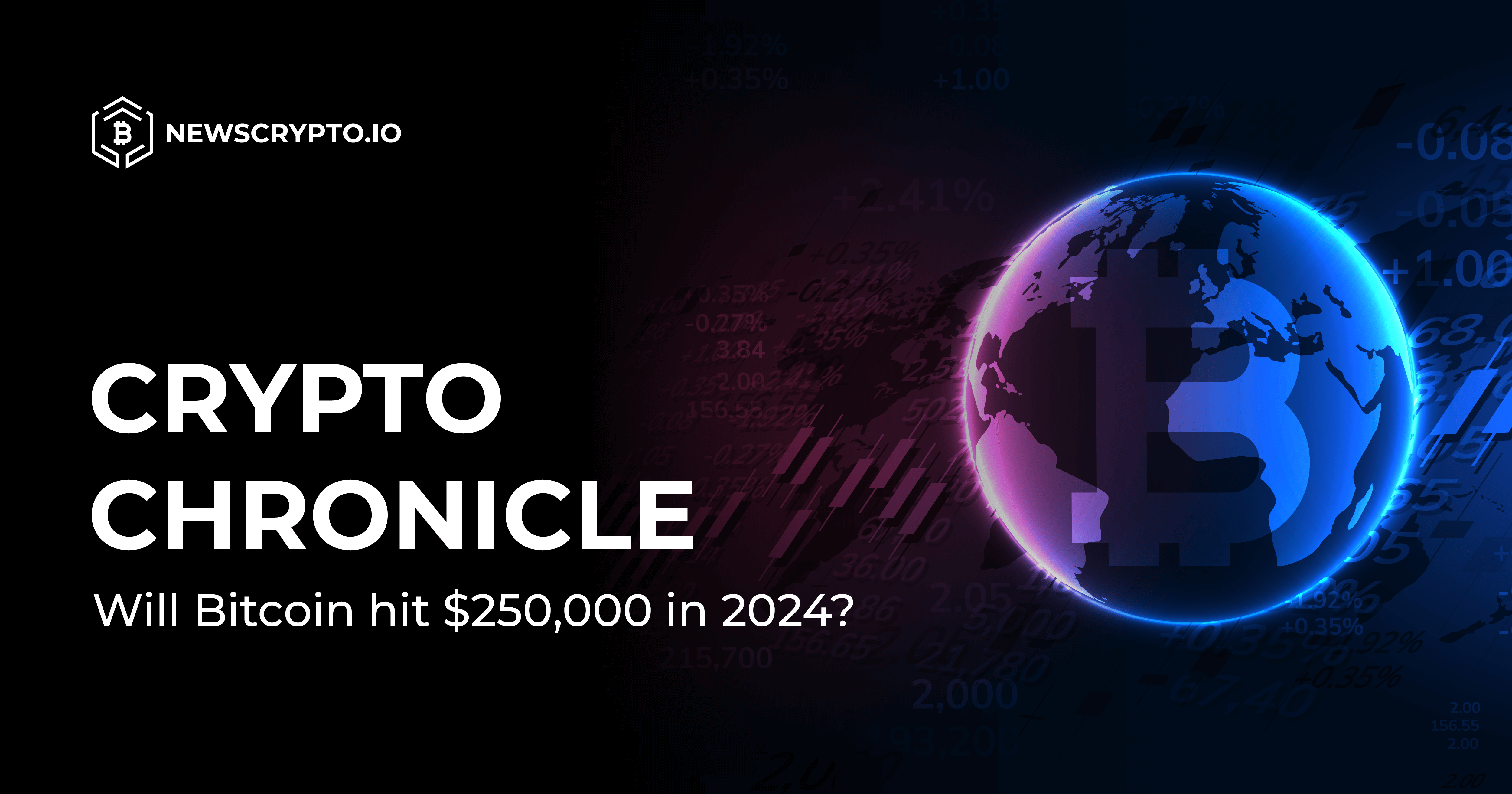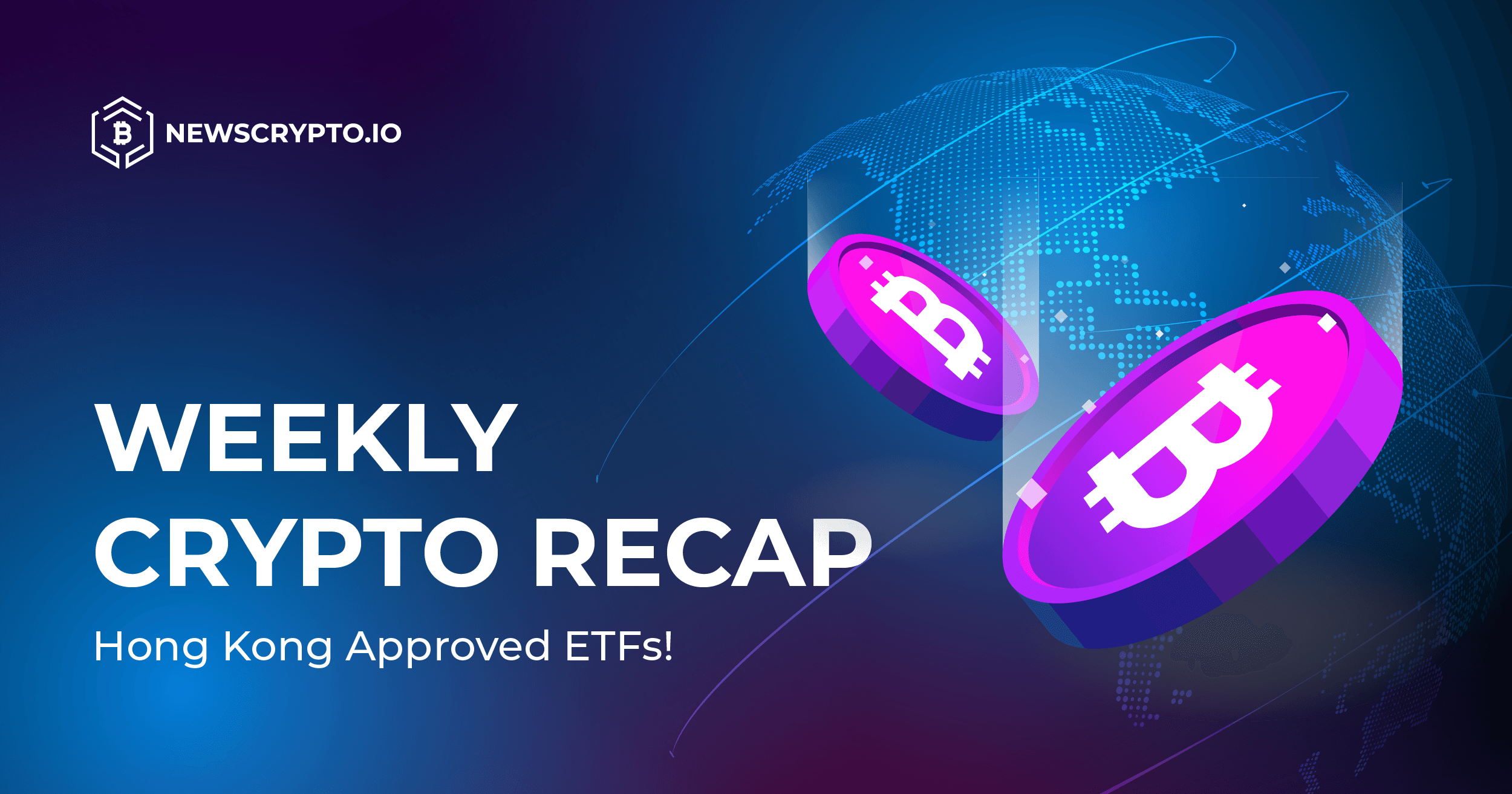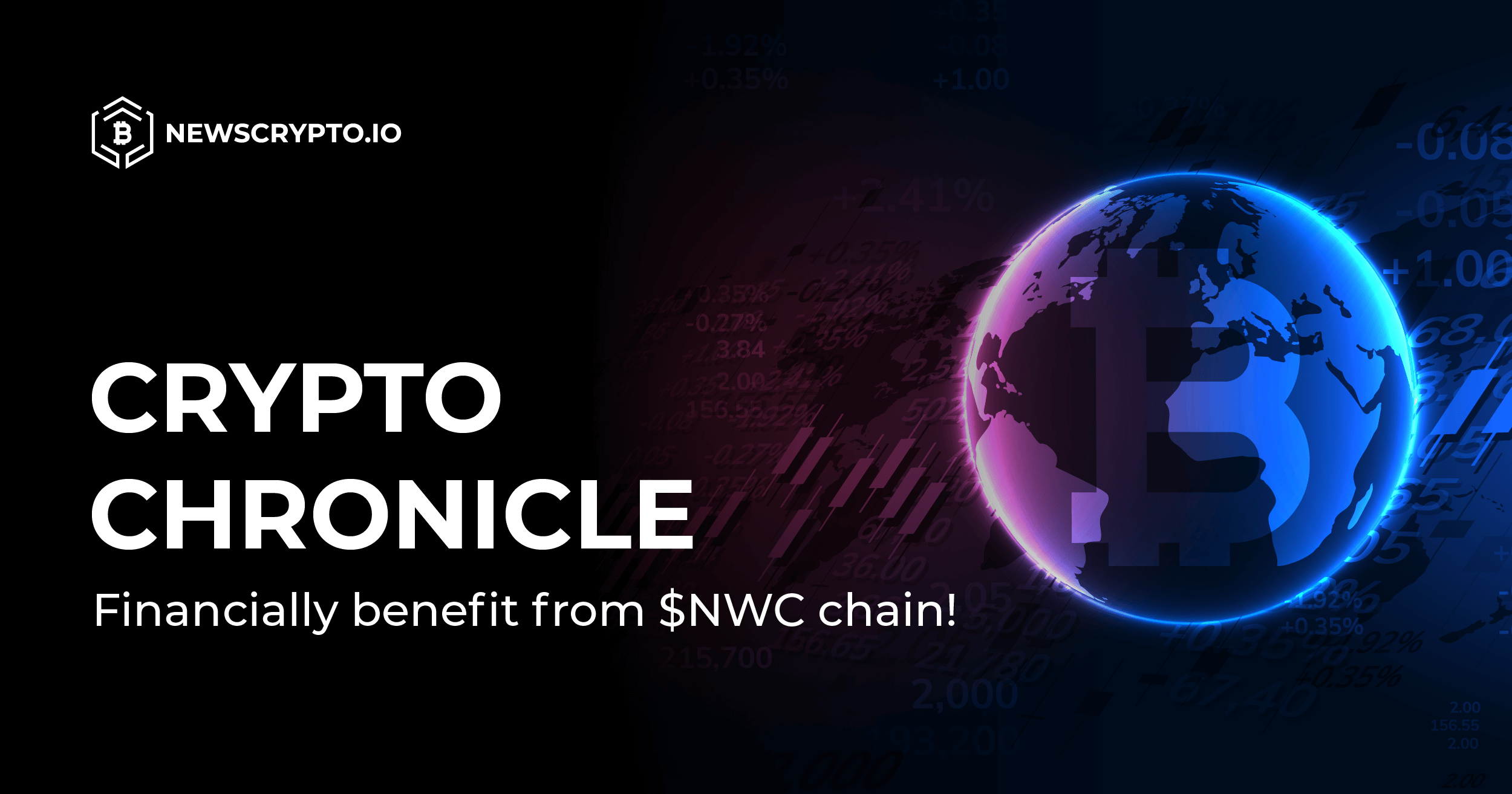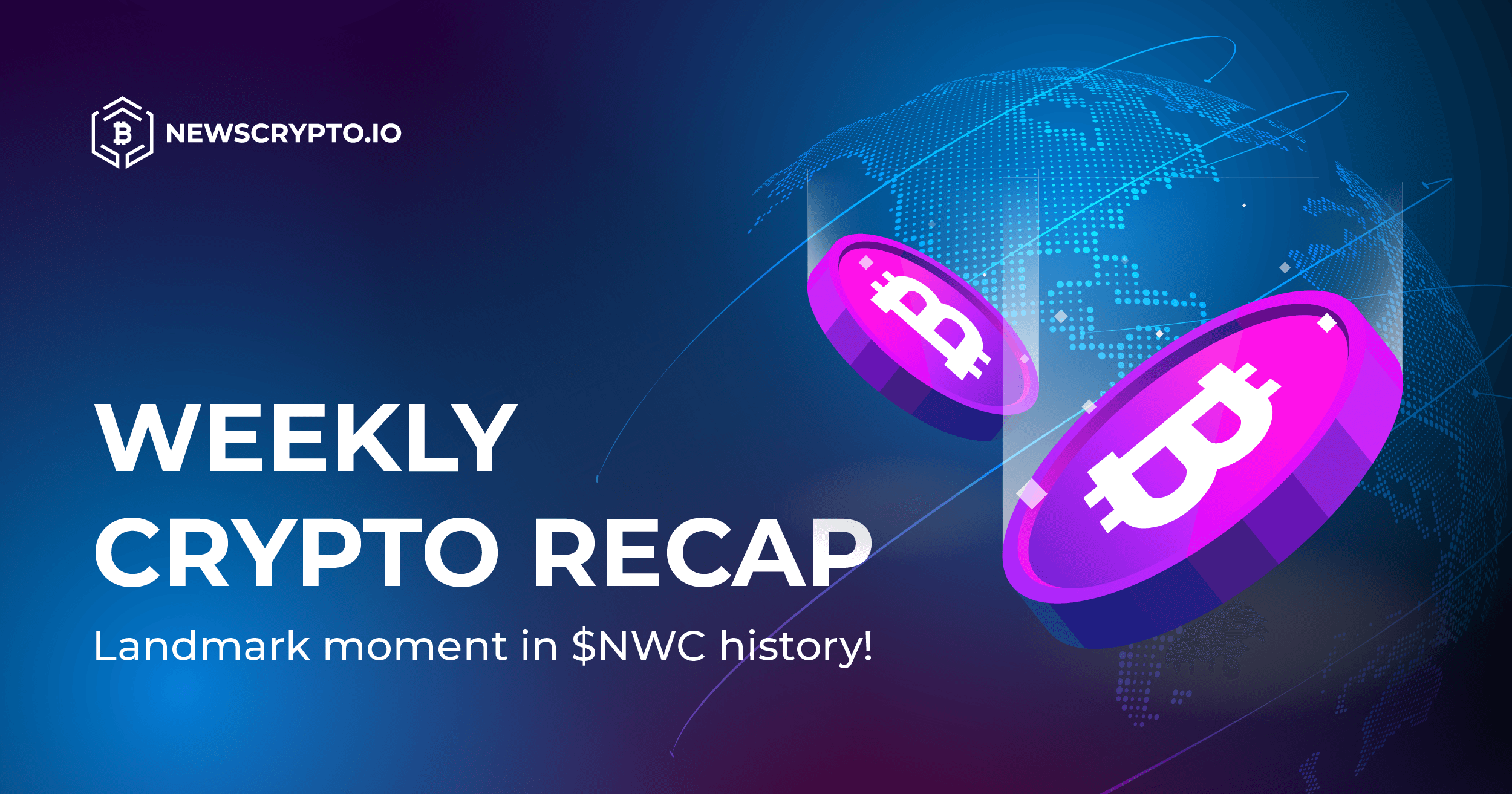While NFTs have been around since 2014, they really took off in 2021, as CryptoPunks and Bored Ape Yacht Club helped put this new technology on the map. Since the initial ‘boom’ many celebrities and famous companies like Adidas or McDonalds jumped on the NFT train, which ensured that the trend didn’t vanish overnight, but is still present over a year after.
Maybe you’ve gained interest in NFTs, because a lot of people have earned huge sums of money buying and selling them. That’s all right, but given that they’ve gained such traction in the crypto space suggest there is more to it. Scratching beneath the surface reveals that NFTs could be essential in digitalisation of the world, since they enable the ownership and exchange of Web 3.0’s assets and goods. Numerous experts in the field believe that the NFTs enabled digital art revolution is not only here to stay, but could expand into other areas of life!
Whether you’re already familiar with NFTs or you’re one of those that still don’t know what it is really about, this blog will help you put all the pieces together and give you a thorough understanding of the subject and why they have the potential to revolutionise the world. Let’s get right into it!
What is an NFT?
NFT stands for non-fungible token, which is a cryptographic asset on a blockchain just like regular cryptocurrencies. The exception is that NFTs (in comparison with other crypto tokens that are fungible) possess unique identification codes and metadata that distinguish them from one another. Therefore they are unique and cannot be traded or exchanged with other cryptocurrencies of the same type. This is what differentiates them from fungible tokens like cryptocurrencies that are identical to each other and can serve as a medium of exchange. It is this distinction that opens the doors for numerous use cases (which will be covered in more detail in a minute).
What gives NFTs value?
Just like fungible tokens, non-fungibles tokens are based on blockchain technology. It’s widely known that blockchains store transaction history on the ledger. Combining this with immutability of the blockchain is what gives NFTs their attractive value. Why? Since every transaction (especially one involving ownership) is recorded and verified on the blockchain, you can very simply prove that a particular NFT is yours, based on the token proving your digital copy is the original (proof of authenticity).
What are some of the use cases NFTs have today?
Since non-fungible tokens are “not mutually interchangeable”, they can digitally represent physical assets like real estate and artwork. Since they’re based on blockchain technology, NFTs can help remove third party intermediaries and connect artists directly with the audience, which helps the market run more efficiently, since it allows creators to monetize directly from their fans or followers via decentralised marketplaces like OpenSea. Thanks to decentralisation that blockchain offers, creators are no longer obliged to the monetization policies imposed by brands and agencies to get compensated for their work. Additional advantage NFTs offer to creators is providing the ability to earn a passive income, as artists can get a commission every time someone buys their artwork through a resale.
Gaming is a sector where NFTs have been providing utility for players by enabling ownership of in-game assets. Gamers can already buy, sell or rent out items. This helps create in-game economies where NFTs are valued based on their attributes and statistics that dictate the amount of cryptocurrency they earn. These ‘play to earn’ games have attracted millions of gamers, many of which are able to make a living playing by doing what they love - playing video games.
NFTs even have a use case in charity. Thanks to their ability to create scarcity and unique value, they prove to be an effective tool for raising money. Ellen Degeneres, for example, raised $33,495 for the World Central Kitchen by auctioning an NFT.
What is the next step?
NFTs started as a vehicle to provide proof of ownership in the crypto world, but is evolving to be much more. Owning specific NFTs could not only pave the way for tokenization of real-world assets, but also lay the foundations for the economy of the metaverse.
An example of the former could be house ownership through NFTs. In this case the ownership of a house would be turned into an NFT, which would make the process of buying or selling a house much easier. Instead of having to re-generate the deed every time the house gets sold, the deed would log all changes automatically, making closing a breeze. But implications don’t stop at housing. Tokenization can be useful in any environment where ownership needs to be tracked and proven. Instead of hunting down the paperwork to prove you bought or owned a particular asset, the non-fungible token could provide a record of the entire ownership history of an item. In short, anything that needs to be exchanged, traded, recorded, and licenced could be turned into an NFT and used if contracts need to be created for them or to verify authenticity of a document.
As already mentioned non-fungible tokens are becoming the foundational technology for assets in the metaverse. Numerous metaverse projects are already using NFTs to represent digital land as well as other digital items like furniture or clothes and the ‘gameplay’ is starting to resemble a true society. Sooner or later the technology will advance so far that the immersive experience might be hardly distinguishable from the real world. Many experts believe that when this time comes, people will merge the digital and real world in their daily lives and this is when non-fungible tokens could really take off.




